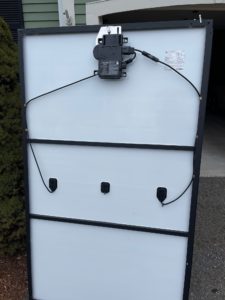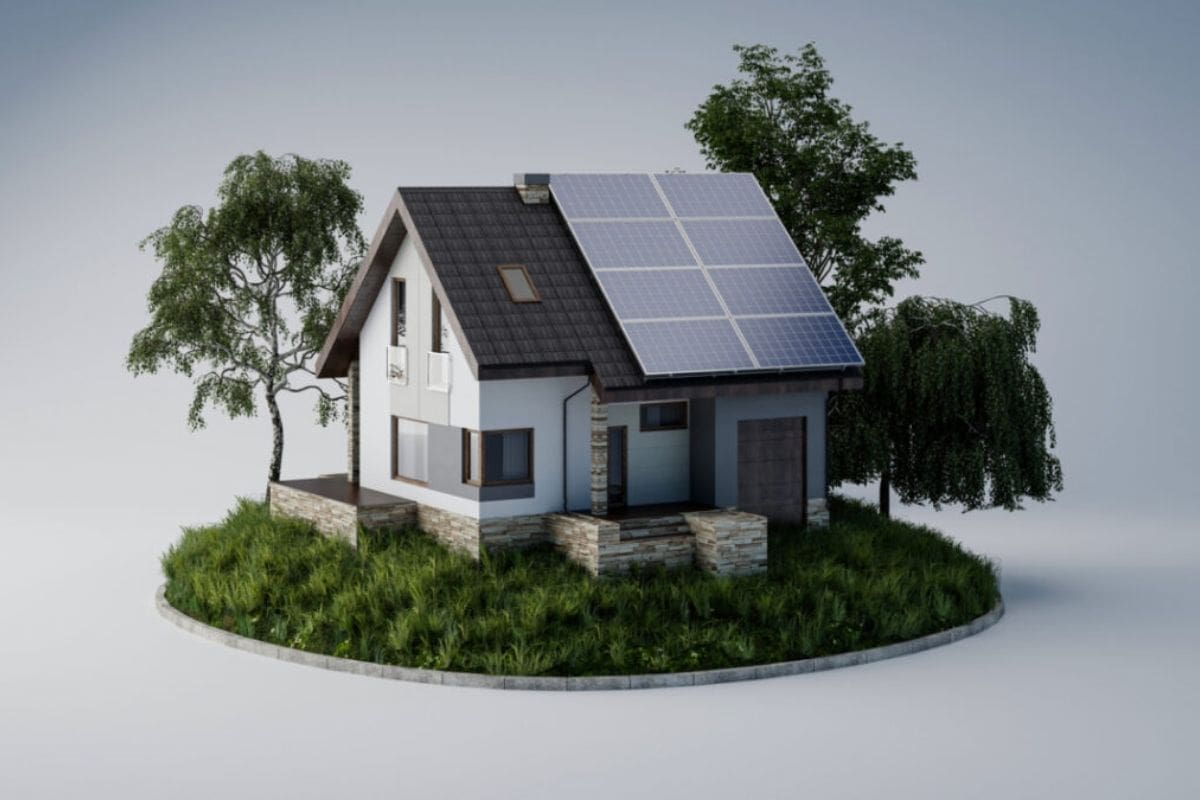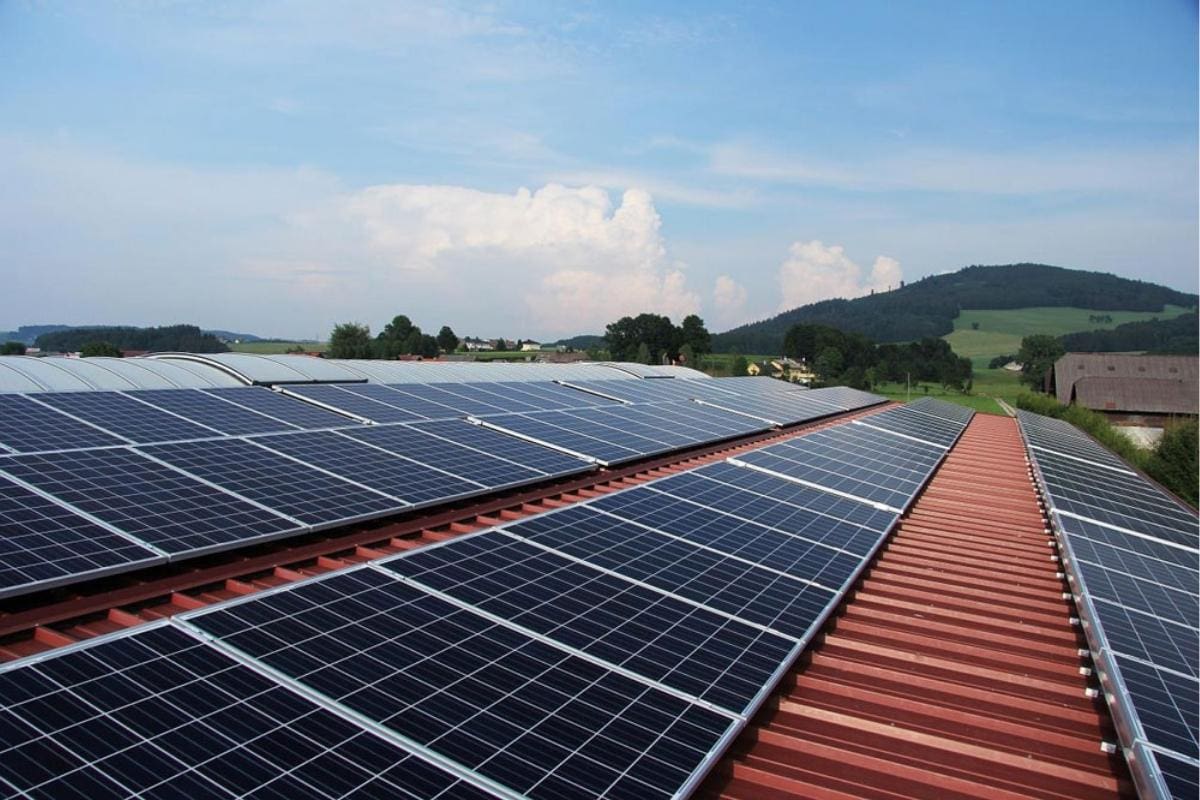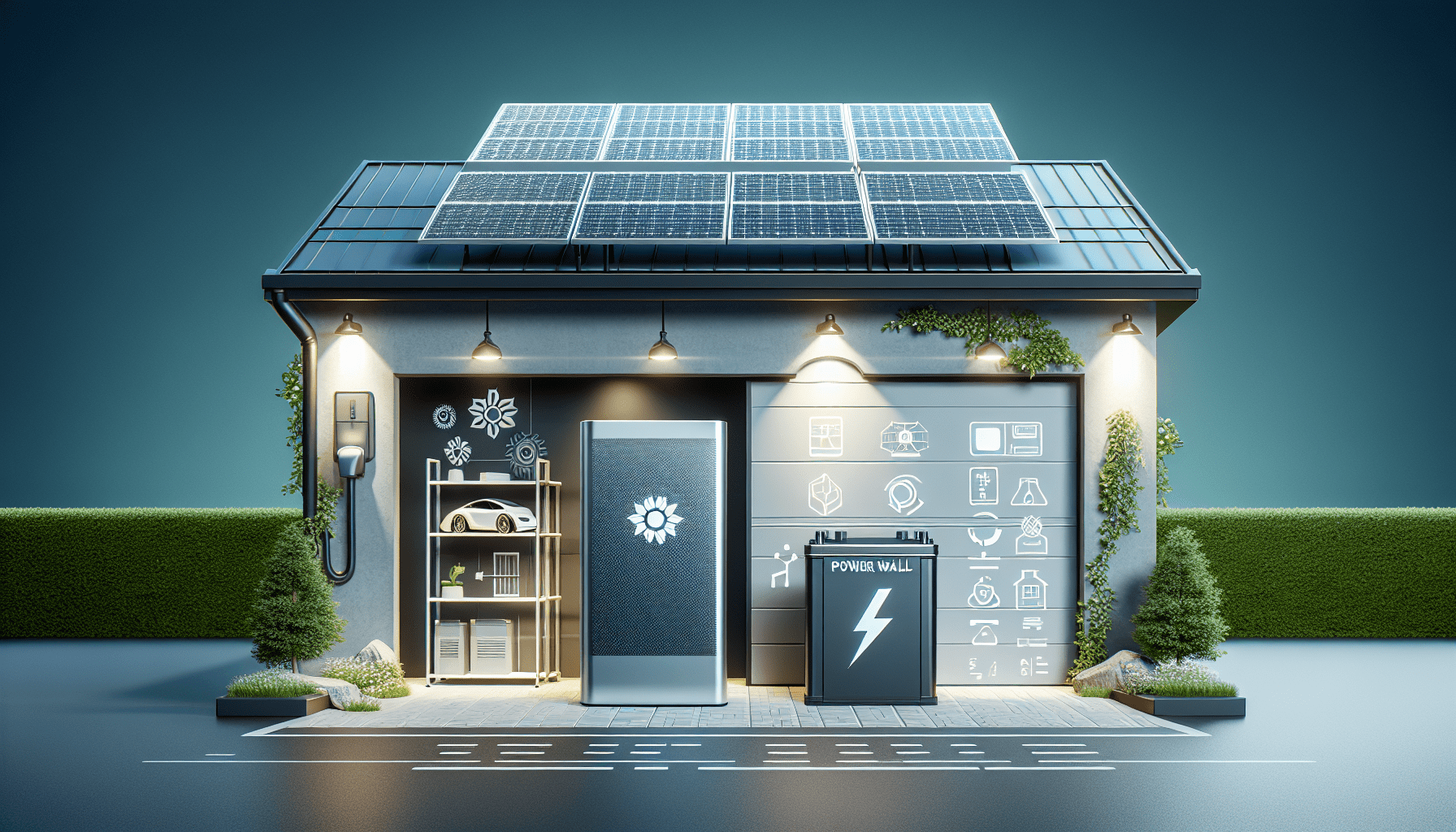Microinverters Take the Solar Industry by Storm
Residential solar panel installations are booming—especially in Massachusetts—as homeowners take advantage of generous state and federal solar incentives and realize how much they can save on electricity. One of the most important components of any solar system is the inverter, which converts the direct current (DC) generated by solar panels into alternating current (AC) for use in your home.
There are two main types of inverters used in residential solar: string inverters and microinverters. While both perform the same core function, they do so in very different ways—with major implications for system performance and reliability.
What is a String inverter?
A string inverter typically serves a full array of solar panels, with just one or two inverters for the entire system. Panels are wired together in a series, and all feed into a single inverter. This setup simplifies installation and troubleshooting—especially since string inverters are usually mounted near the electrical panel for easy access.
However, string inverters have a key drawback: if one panel underperforms due to shade, dirt, or snow, the entire string’s output is reduced. This can lower your overall system efficiency. They also make it harder to expand the system later without reworking the existing design.
What is a Microinverter?
Microinverters, like those made by Enphase, are installed directly under each solar panel—typically one per panel. This allows each panel to operate independently, so shading or debris on one doesn’t impact the others. It’s an ideal solution for roofs with multiple pitches or partial shading throughout the day.
Microinverters also offer longer warranties—usually 25 years compared to 8–12 years for string inverters—and are far more scalable if you plan to expand your system later.

How Many Microinverters Can You Have on One System?
Enphase’s IQ series is the gold standard for microinverters. Here’s a quick reference for how many can be installed on a single 20A, 240V branch circuit (NEC compliant):
- IQ7 = 16
- IQ7+ = 13
- IQ7A= 11
- IQ7X = 12
- IQ8= 16
- IQ8+= 13
- IQ8M / IQ8A = 11
- IQH= 10
These microinverters constantly monitor grid conditions, enhancing safety and reliability. Based on our experience installing hundreds of Enphase systems in Melrose and surrounding areas over the past 10+ years, we can confidently say they’re the most dependable choice on the market today.
Ready to Go Solar?
Whether you’re interested in Enphase microinverters or want to learn more about your options, Future Energy Solar is here to help. We’ll walk you through the design, permitting, and installation—making solar simple and stress-free.
Contact us today for a free solar consultation and see how much you could save.







